Fansipan Mountain – the Roof of Indochina – is a destination that not only attracts climbers but also appeals to leisure travelers visiting Sapa, all eager to conquer and explore it at least once in their lifetime. The feeling of standing at the summit, overlooking the picturesque panorama of green valleys and hidden villages, is truly magical.
1. Overview of Fansipan Mountain, Vietnam
Fansipan Mountain, also known as Phan Xi Pang, is the highest peak in Vietnam and in all of Indochina. With an impressive altitude of 3,143 meters, Fansipan is part of the majestic Hoang Lien Son mountain range, located just 9 km southwest of Sapa town in Lao Cai Province.
Nicknamed the "Roof of Indochina", this iconic destination attracts thousands of local and international visitors each year. Whether you're a trekking enthusiast or a leisure traveler, conquering Fansipan peak is a once-in-a-lifetime experience.
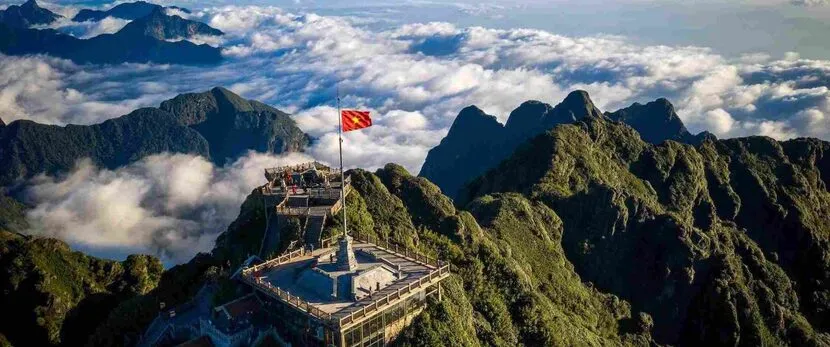
The panoramic view from the top showcases endless mountain ranges and cloud oceans
2. How to get to Fansipan Peak
From Hanoi to Fansipan
Most travelers begin their journey in Hanoi. You can take a sleeper bus or an overnight train to Lao Cai, then travel by car or bus to Sapa. The entire trip takes about 6 - 8 hours.
How to get to the cable car station
Your cable car journey begins at Hoang Lien Station, located in the Fansipan Legend tourist area. To get there, you have two main options from Sapa town:
Taxi or electric car: Just 3km from Sapa’s Stone Church, a taxi ride costs 50,000–100,000 VND depending on time and season.
Take the Fansipan funicular: A beautiful and convenient ride connecting MGallery Hotel in Sapa with Hoang Lien Station. This Muong Hoa mountain train passes through the gorgeous Muong Hoa Valley, offering stunning views of terraced rice fields and ethnic villages.
- Round-trip ticket: 200,000 VND/adult (120,000 - 150,000 VND/one-way)
- Travel time: About 6 minutes
Tip: Sit near the window for the best photos!
At the end of the funicular, you’ll arrive at Hoang Lien Station, the departure point for the Fansipan cable car.
3. Taking the Fansipan Mountain cable car
Fansipan cable car ticket price (updated in 2025)
- Adults: 800,000 VND/person on Sunday to Friday and 850,000/person on Saturday
- Children (1m–1.4m): 550,000 VND
- Under 1m: Free
Each cabin carries ~30 passengers and you must keep the ticket safe for your return trip.
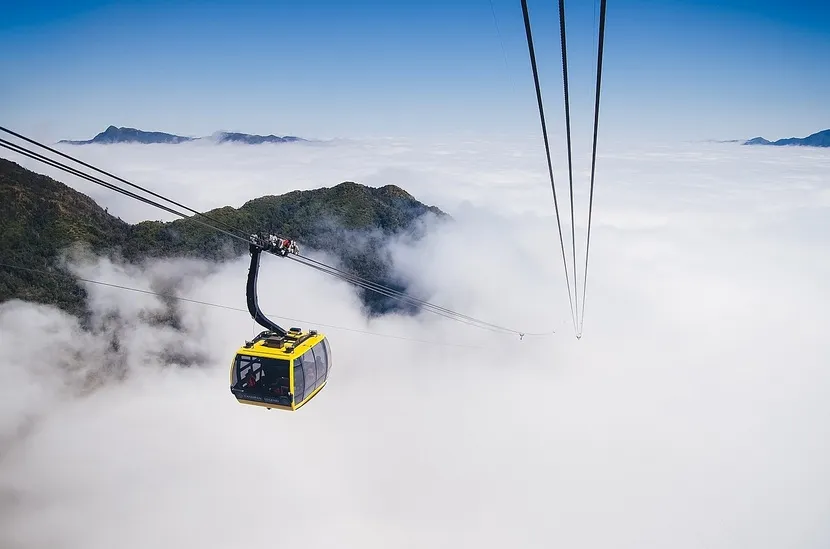
Duration & highlights
The Fansipan cable car ride takes about 15 minutes, soaring over the Muong Hoa valley and Hoang Lien Son forests. You'll witness breathtaking landscapes from above.
Once you reach the upper station, you’ll climb approximately 600 stone steps (~30 minutes) to reach the Fansipan peak, marked by the iconic "Roof of Indochina" milestone.
Fansipan cable car opening hours
Daily from 08:00 AM to 16:00 PM (Sunday - Thursday) and 08:00 AM to 17:00 PM (Friday and Saturday)
4. Top attractions in Fansipan Mountain
Panorama View of Muong Hoa Valley
From both the Fansipan cable car and the summit, visitors can enjoy sweeping views over Muong Hoa Valley — one of the most scenic landscapes in Sapa. This valley is famous for its expansive terraced rice fields, ethnic minority villages, and natural beauty throughout the year. During the ride, you’ll be able to spot streams, forested hills, and the patterns of daily life unfolding below.
The aerial view offers a unique perspective you can’t get from the ground, making it a top highlight for photography and sightseeing. Whether you're visiting during the green season or harvest time, the valley’s colors and contours are always impressive. For the clearest view, try to visit on sunny mornings or after light fog has cleared.

Milestone at the Roof of Indochina
The summit of Fansipan Mountain, marked by the “Roof of Indochina” milestone at 3,143 meters, is the main goal for most visitors. Whether you reach it by trekking or cable car, standing at the highest point in Vietnam is a memorable moment. The summit is built with a viewing platform, railing, and the iconic metal pyramid marking the exact peak — perfect for photos and sightseeing.
At the top, visitors often experience colder temperatures and thinner air, especially in early morning or winter months. The summit area is well maintained and safe for visitors, with clear walkways and panoramic views in all directions when the sky is clear.
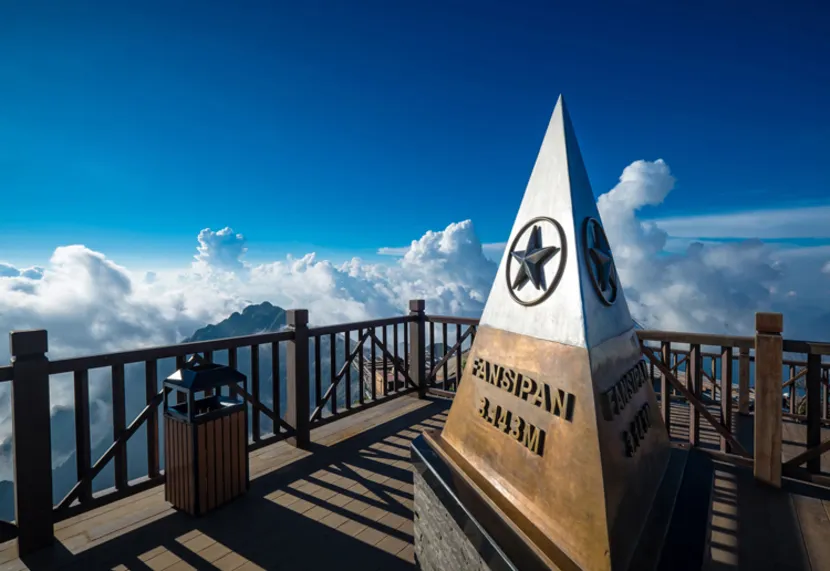
Fansipan Buddha and Pagoda Complex
Near the summit of Fansipan lies one of the most remarkable spiritual landmarks in northern Vietnam — the Fansipan Pagoda Complex. This site features several traditional-style pagodas and statues, including the Amitabha Buddha, which stands 21.5 meters tall and is considered the tallest bronze statue of its kind in Vietnam. The area includes major Buddhist structures such as Kim Son Bao Thang Pagoda, Bich Van Thien Tu, Bao An Thien Tu, and a grand bell tower.
Visitors often take time here not only to admire the impressive architecture but also to enjoy a sense of peace and reflection. The air is crisp, the surroundings are quiet, and the atmosphere is deeply spiritual.
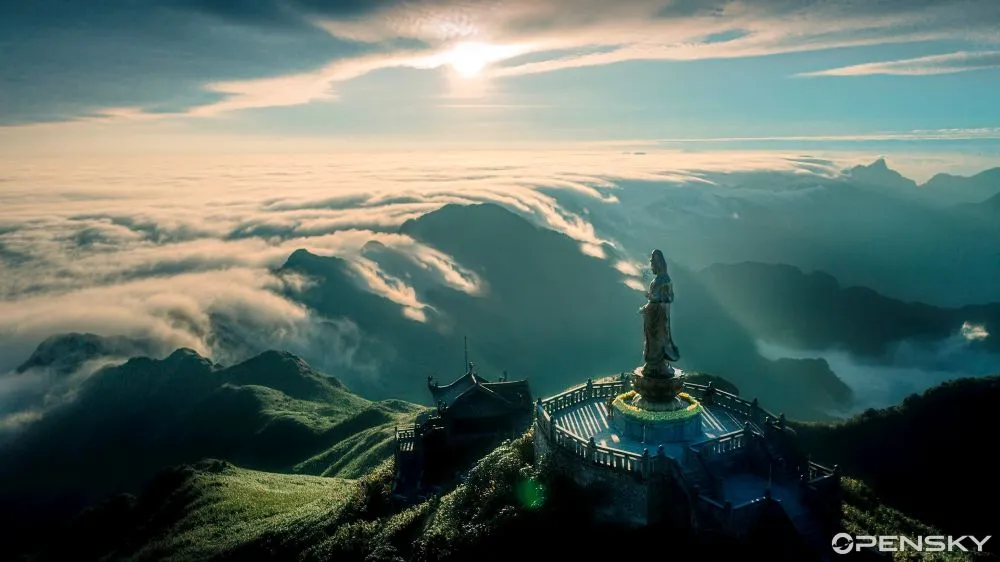
Van Son Tea Room
For travelers looking to rest and recharge, the Van Son Tea Room is an ideal stop on the way to or from the summit. Located near the upper cable car station, this traditional-style tea house offers Vietnamese herbal and green teas served hot, in a peaceful and scenic setting.
The tea room is simple but well-maintained, with indoor and outdoor seating. On clear days, guests can sit outside and enjoy views of the surrounding mountains while sipping freshly brewed tea. It’s a good place to take a break, especially after climbing the final staircase to the summit.
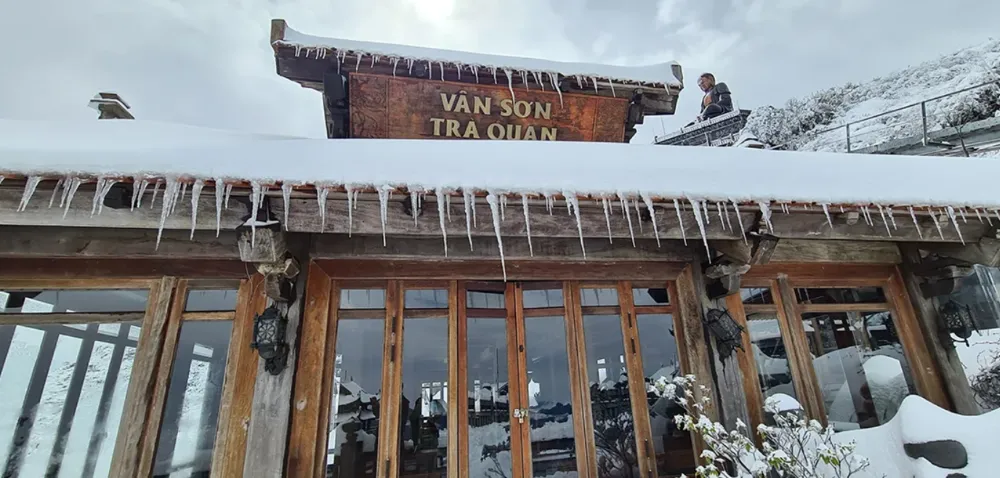
5. Fansipan weather
Due to its high altitude of over 3,000 meters, Fansipan Mountain experiences significantly different weather compared to Sapa town. The climate here is cool year-round, with noticeable drops in temperature as you ascend. Visitors should be prepared for sudden changes in weather, fog, and strong winds — especially at the summit.
General climate characteristics:
- Temperature at the summit: Often ranges between 5°C and 18°C, but can drop to 0°C or below in winter.
- Humidity: High year-round, contributing to frequent fog and mist.
- UV index: Strong on clear days — sunscreen and sunglasses are recommended.
Best time to visit Fansipan
Season | Months | Weather | Highlights |
Spring | March – May | Cool, clear skies | Best time for trekking, azalea blossoms |
Summer | June – August | Warm, frequent rain | Lush greenery, but more fog and cloud cover |
Autumn | September – November | Dry, sunny, mild temps | Ideal visibility, golden rice terraces, ideal trekking routes |
Winter | December – February | Cold, sometimes freezing | Chance of frost, mystical fog, fewer crowds |
Always check the weather forecast in Sapa the night before your visit — it gives a general sense, though summit weather is less predictable.
We hope that this article has given you helpful insight and inspiration for your journey to Fansipan Mountain. This remarkable destination offers more than just stunning views, it’s a rewarding experience for nature lovers, adventure seekers, and cultural explorers alike. Don't forget to contact IZITOUR, a local travel agency with more than 7 years of experience in personalized tour packages, to create a memorable trip.
Discover 10 Best Vietnam tours
See more:
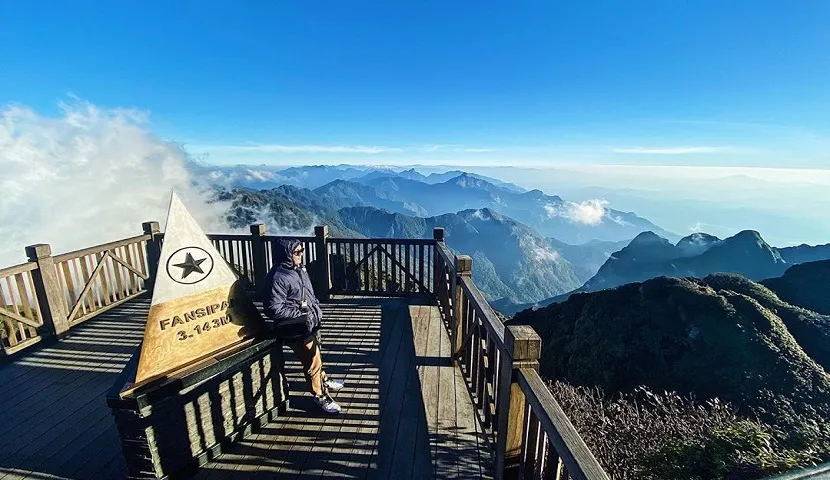
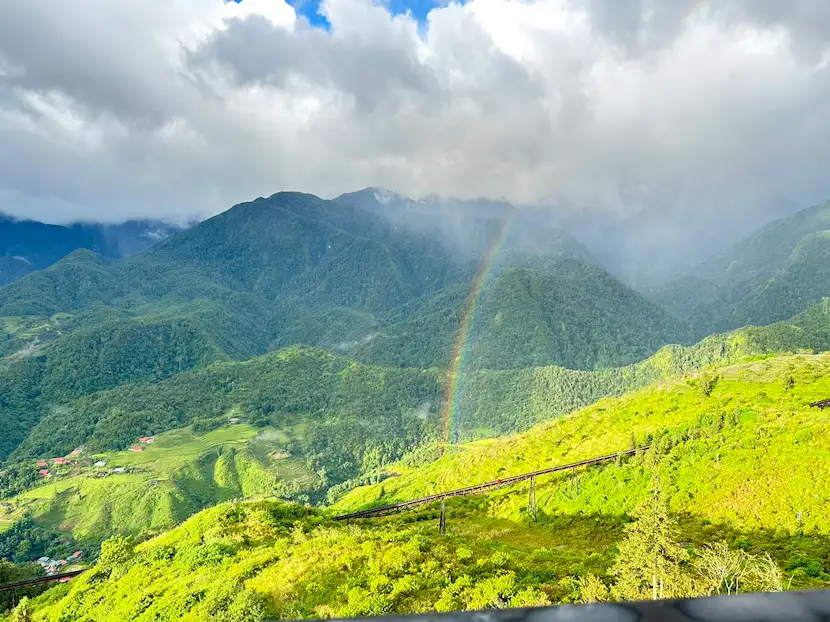

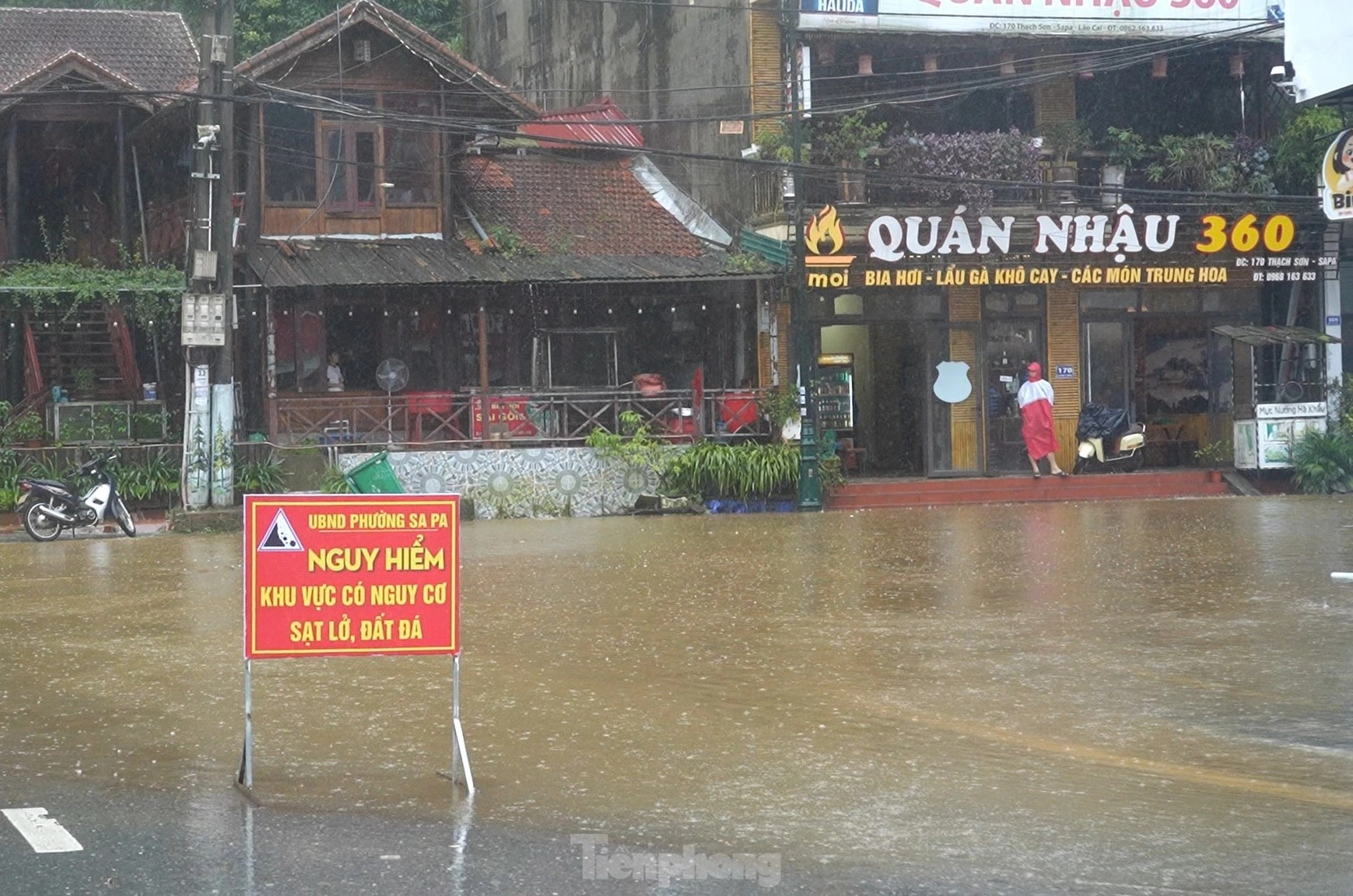







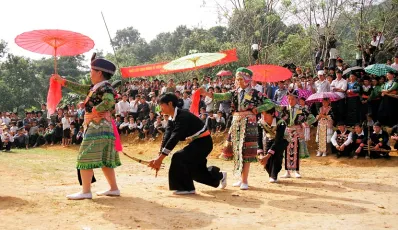
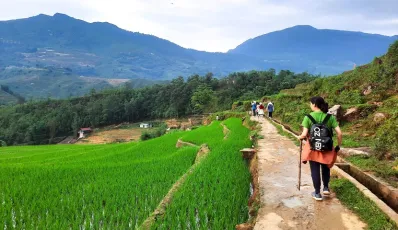
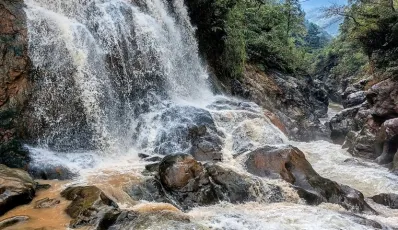
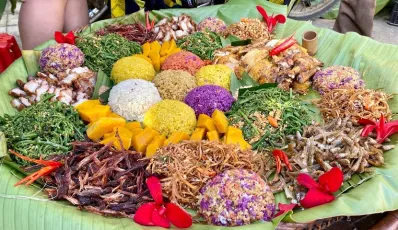
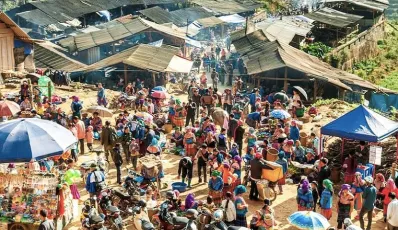
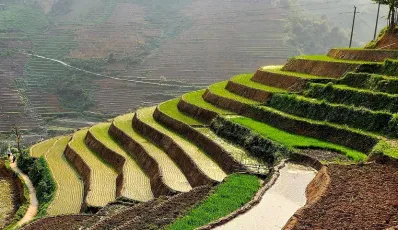
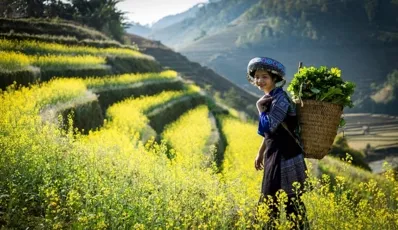
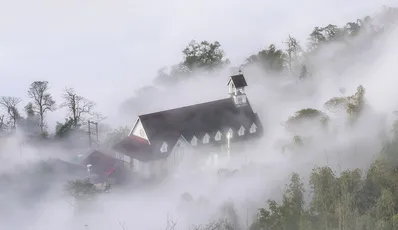
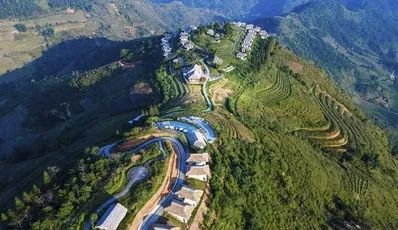
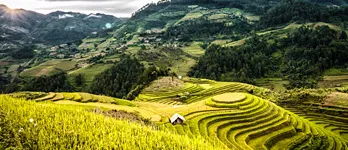
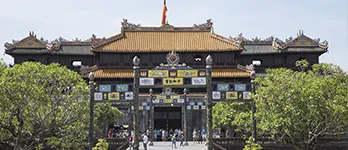
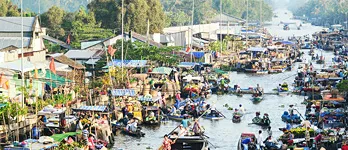

 TRAVELERS' CHOICE 2025
TRAVELERS' CHOICE 2025 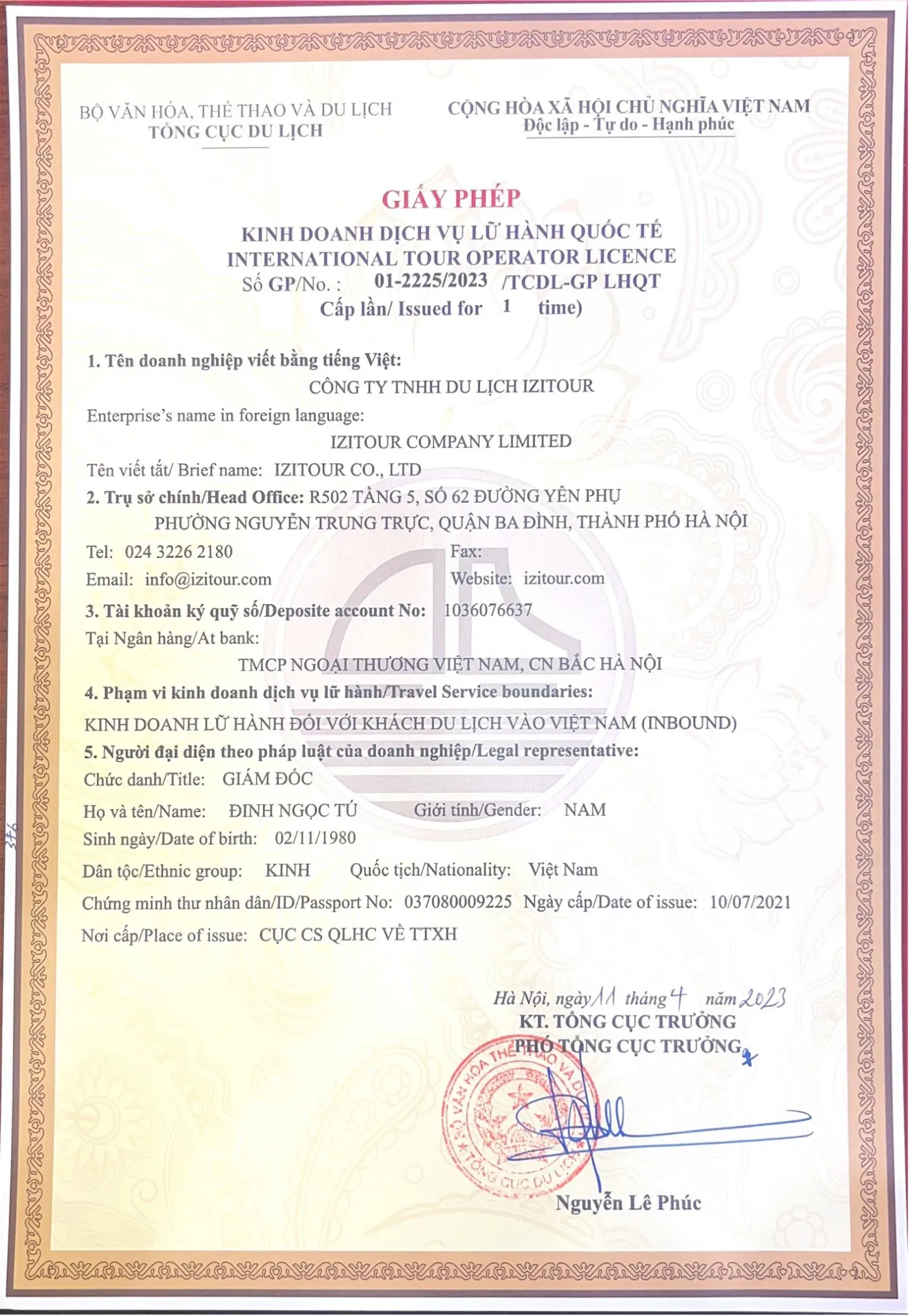



04 Comments
United States
Vietnam
Italy
Vietnam
Write Reply